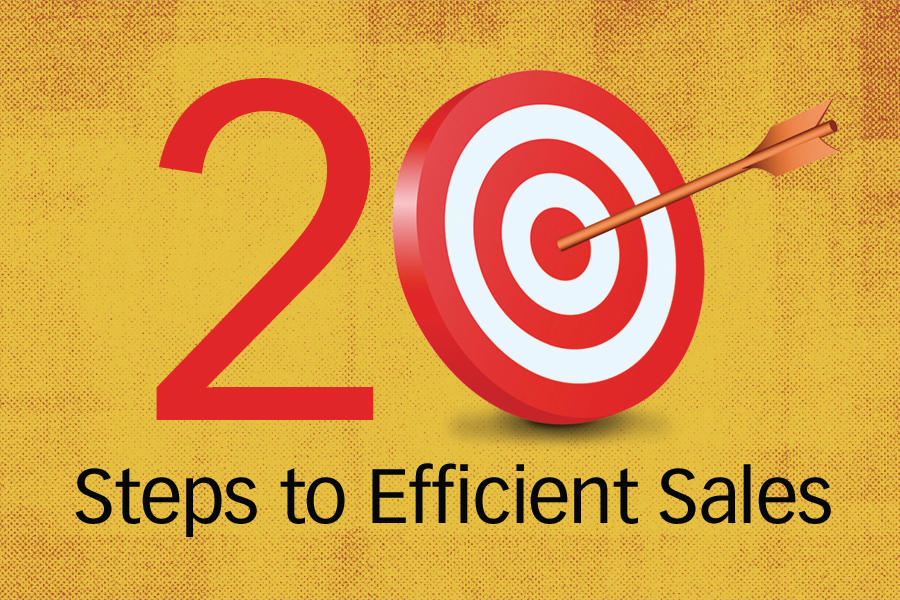11-School Your Sales Reps
Knowledge doesn’t just increase your chance of sales, it increases the speed with which you can make deals because it means buyers fully understand the product you’re offering. Some firms try whenever possible to have a manufacturer’s rep accompany the OSR when he calls on a client. Others send in their own product category expert, such as someone who specializes in windows.
In cases where the knowledge required involves how to make a sale, smart companies have their best sales reps serve as mentors to newcomers. “It keeps the [veterans] engaged and helps the new hire obtain a feel of how to effectively implement the role,” says a manufacturer’s sales manager who asked to remain anonymous. “It also gives the new hire someone to ask questions of and not be at all intimidated.” These mentorships are supplemented by extensive coaching.
12-Become a Show-Off
Dealers are notorious for cramming goods into every possible inch of display space, but sometimes you can spark bigger sales by turning those shelves into areas explaining how to build better. Front Range Lumber in Lakewood, Colo., does that with a custom-built display showing the right and wrong ways to connect framing lumber. (See “Steal This Idea!” page 14) Simpson Strong-Tie has contributed materials to similar displays installed by several dealers across the Midwest.
Likewise, Hamilton Building Supply near Trenton, N.J., posted a display behind its sales counter showing pieces of all its trim and dimensional lumber.
“Because there are so many new products available to the end user today, we make sure that we make them readily available for customers to compare with one another,” says John Perna, general sales manager. “This ultimately saves the time from a) the customer purchasing something that they might not need or want; and b) the customer (probably the sales person, too) having to spend 10 minutes walking outside to our yard to see the material.”
13-Eliminate Redundancy and Fluff
Whenever possible, try to set up sales systems in which data, once input, never needs to be retyped. Customer relationship management (CRM) software is one way to do that, but even a simple Excel spreadsheet or whiteboard can do the job provided the information is shared.
14-Create Short-Cuts
When quoting prices for materials that are frequently requested but aren’t in stock, Hamilton Building Supply sales reps rely on Excel spreadsheet templates that had been created previously and stored in a central file.
“Using Excel is quick,” Perna says. “It allows for us to keep cost and sell information on the same document, and it allows for us to disclose as much or as little information as we want.” Once the quote is created, it’s saved in a central file.
15-Customize Your Response
Once you learn the customer’s personality, figure out how best to promote your goods. Learning to serve up information in a manner that the customer wants and appreciates puts you on the straightest path to yes.

